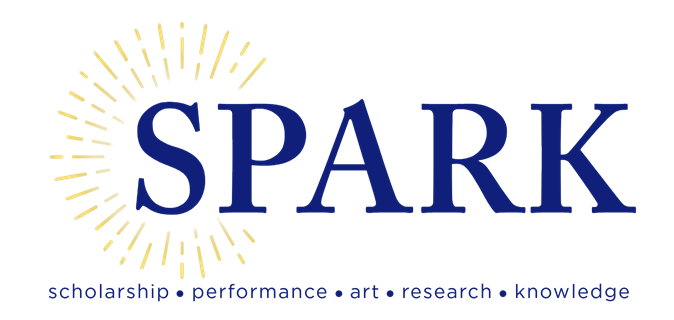
[Archive] Belmont University Research Symposium (BURS)
Publication Date
Spring 5-3-2024
College
Health Sciences & Nursing, Gordon E. Inman College of
Department
Nursing, School of
BURS Faculty Advisor
Steven Busby
Presentation Type
Poster Presentation
Abstract
Background: The nursing academic-to-practice knowledge gap creates systems-based and patient outcomes issues. The changing demands of healthcare require the advancement of the discipline of nursing through the improvement of nursing education. The American Association of Colleges of Nursing (AACN) requires all nursing programs to implement Competency-Based Education (CBE) evaluations and assessments into existing nursing curricula to respond to changing healthcare demands. The aim of this project was to improve the knowledge of nursing educators regarding the use of CBE at a mid-sized university in the southeast.
Methods: The Diffusion of Innovation Theory was used as a framework for this project. Nursing faculty knowledge and attitudes regarding CBE were assessed using convergent mixed-methods surveys at three different phases: pre-, mid-, and post-training.
Intervention: A lecture-based presentation was given to nursing faculty which was designed from the AACN Essentials and aimed to increase the knowledge level of CBE by providing introductory content. This lecture, in addition to a series of educational meetings, marked the initial training period of CBE for undergraduate nursing faculty.
Results: The mean level of knowledge regarding CBE increased from 2.75 in the pre-CBE training group to 3.62 in the post-CBE training group (on a 5-point scale). The mean rating of participants who felt they understood the expectations of incorporating CBE into their courses increased from 2.80 in the pre-CBE training group to 3.62 in the post-CBE training group (on a 5-point scale). One of the most frequently reported barriers to implementing CBE during training phases was a lack of understanding. One of the most frequently suggested methods for future training regarding CBE was expert consultants. Participants reported that the educational presentation provided a basic representation regarding CBE.
Conclusions: The introductory presentation regarding CBE helped to increase the self-reported knowledge level of participants. However, it is important to note that additional faculty development regarding CBE was ongoing throughout this project. Future research regarding implementing CBE into nursing education should continue to measure nursing faculty knowledge and seek feedback to improve the transition of curriculum change.
Recommended Citation
O'Sullivan, Lindsay, "Increasing Faculty Knowledge of Competency-Based Education: A Quality Improvement Study" (2024). [Archive] Belmont University Research Symposium (BURS). 446.
https://repository.belmont.edu/burs/446


